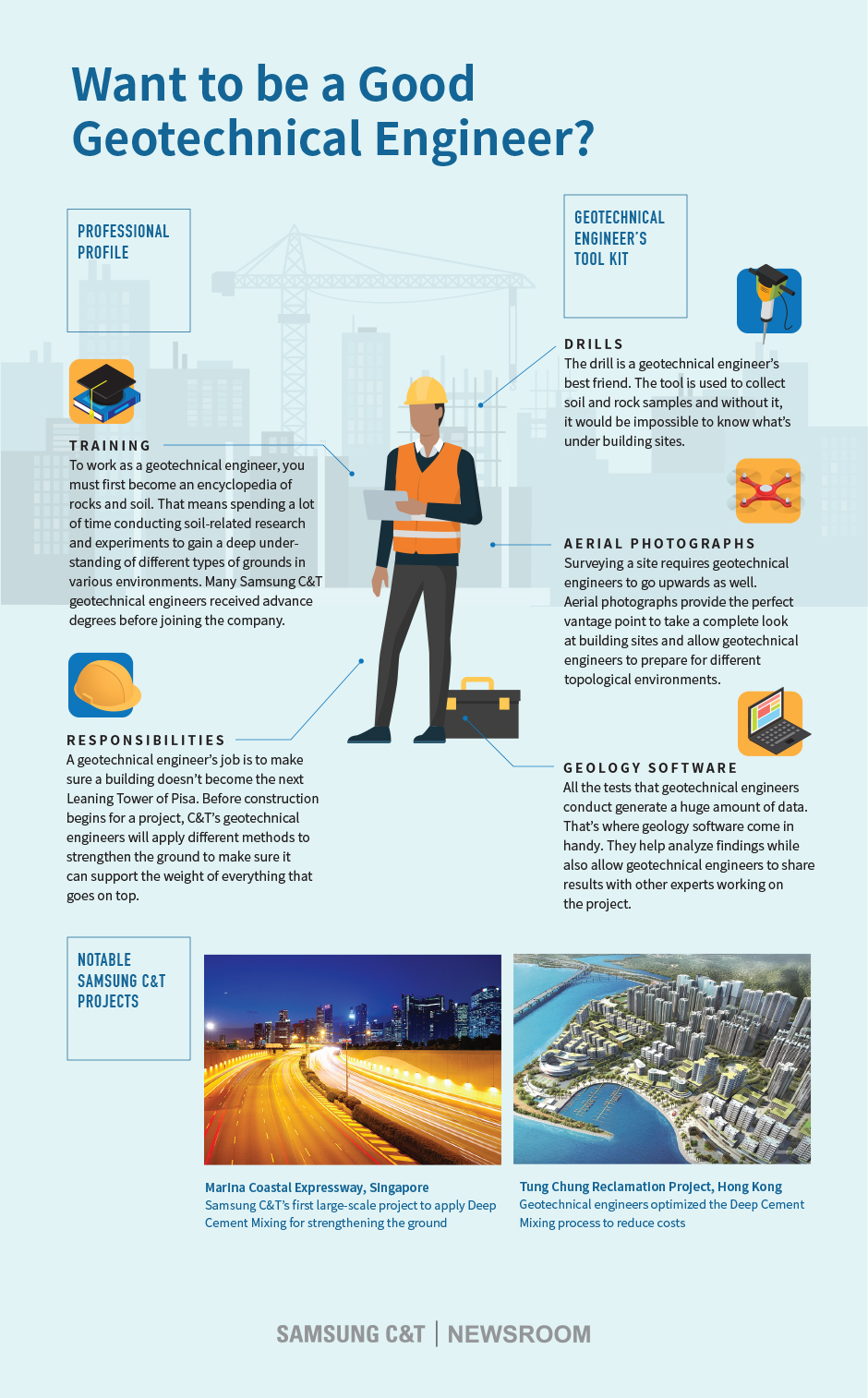Geotechnical Engineering Companies in South Africa: Leading Experts in Dirt and Foundation Evaluation
Geotechnical Engineering Companies in South Africa: Leading Experts in Dirt and Foundation Evaluation
Blog Article
How Consulting Civil Engineering Firms Add To Effective Project Management and Layout Implementation
Consulting civil design companies are essential to the success of construction projects, merging technical proficiency with tactical oversight. By focusing on layout optimization and danger mitigation, these firms ensure that tasks are not just sensible yet affordable and likewise lasting.
Role of Civil Designers
Understanding the role of civil engineers is critical for the successful administration of construction tasks. Civil engineers serve as the foundation of infrastructure development, making sure that jobs are made and implemented to fulfill performance, security, and sustainability requirements. Their expertise includes different facets of design, consisting of structural, environmental, and geotechnical specialties.
Civil designers are accountable for conducting feasibility researches, which examine the stability of suggested jobs by evaluating financial, technological, and environmental aspects. They establish in-depth plans and specifications, incorporating ingenious remedies to maximize materials and sources. Throughout the building stage, civil designers look after the task, collaborating with stakeholders, engineers, and professionals to guarantee adherence to make requirements and regulatory demands.

Task Planning Techniques
Effective job preparation strategies are essential for making sure that building tasks are performed smoothly and effectively. Consulting civil engineering companies play an essential function in this process by employing detailed planning techniques that deal with numerous task stages. Initially, a complete evaluation of task scope and customer needs is carried out, enabling for the identification of critical milestones and deliverables.
Furthermore, these firms utilize tools such as Gantt charts and project monitoring software to create in-depth timelines, allowing effective scheduling of tasks and resource allotment. This organized approach aids to prepare for potential bottlenecks and assign essential resources proactively. Risk management is one more vital element; firms carry out threat assessments to recognize possible problems that might emerge during the job's lifecycle, implementing mitigation strategies to reduce interruptions.
In addition, stakeholder involvement is emphasized throughout the planning stage. Normal interaction with clients, contractors, and regional authorities makes sure that all events are straightened with project objectives and timelines. By incorporating these techniques, consulting civil engineering companies improve the possibility of job success, guaranteeing adherence to spending plan restrictions and regulatory requirements while fostering a collaborative environment.
Design Optimization Techniques
Style optimization strategies are crucial for improving the effectiveness and sustainability of civil engineering tasks. These methods involve the methodical examination of style parameters to achieve the very best possible end results while minimizing costs and resource use. By making use of innovative computational devices and algorithms, designers can analyze various style alternatives and choose one of the most efficient alternatives based on certain project requirements.
One commonly made use of method is parametric style, which permits the adjustment of design variables to observe their effect on overall job efficiency. This repetitive process results in innovative options that not only meet functional demands but also comply with environmental criteria. Furthermore, strategies such as value design concentrate on enhancing task aspects to take full advantage of worth while minimizing unneeded prices.
In addition, the combination of Structure Information Modeling (BIM) helps with much better collaboration among stakeholders, enabling real-time changes and improvements to styles. This all natural sight fosters an extensive understanding of the task, leading to educated decision-making. Eventually, efficient style optimization methods result in improved task timelines, decreased waste, and boosted structural efficiency, contributing to the general success of civil design ventures.
Risk Monitoring Strategies
Threat monitoring techniques are essential in making sure the effective distribution of civil engineering tasks, as they assist determine, evaluate, and mitigate potential risks that could affect task outcomes. Reliable danger administration is an organized procedure that go entails the recognition of dangers, you could try here assessment of their chance and influence, and the development of methods to resolve them.
Consulting civil engineering firms usually utilize a mix of measurable and qualitative risk evaluation strategies (geotechnical engineering companies in south africa). Qualitative techniques, such as brainstorming sessions and experienced interviews, assistance gather insights on prospective dangers from different stakeholders. Alternatively, measurable strategies include analytical evaluation and modeling to determine the probability and prospective effect of recognized dangers
Once threats are examined, companies apply mitigation techniques, which may include threat evasion, transfer, reduction, or acceptance. This can involve revamping project elements to remove dangers or safeguarding insurance to offset prospective economic losses. Constant tracking and testimonial of threats throughout the project lifecycle are also essential, enabling prompt adjustments to take the chance of management methods as brand-new hazards emerge.
Collaborative Communication Practices
Enhancing task end results through collective communication techniques is important for speaking with civil engineering firms. Efficient interaction fosters a society of transparency and trust among stakeholders, which is important for the successful implementation of design projects. By implementing structured interaction networks, firms can make sure that all parties-- clients, specialists, and team participants-- are aligned on project deliverables, goals, and timelines.
Regular conferences, both official and informal, assist in the exchange of concepts and comments, enabling real-time analytic and decision-making. Utilizing collective devices such as task administration software encourages paperwork and monitoring of development, while allowing instant access to important info.
Additionally, energetic listening and open discussion are vital elements in a collaborative setting. By valuing varied point of views, firms can innovate and adjust layouts that meet both technical needs and customer assumptions. Additionally, fostering a team-oriented ambience reduces misunderstandings and raises the total high quality of job.

Conclusion
In final thought, getting in touch with civil design companies are indispensable to successful project monitoring and style execution. Eventually, the expertise and methodologies made use of by consulting civil designers dramatically contribute to accomplishing task goals while maximizing and reducing costs source use.

In final thought, seeking advice from civil engineering companies are integral to successful job monitoring and layout implementation.
Report this page